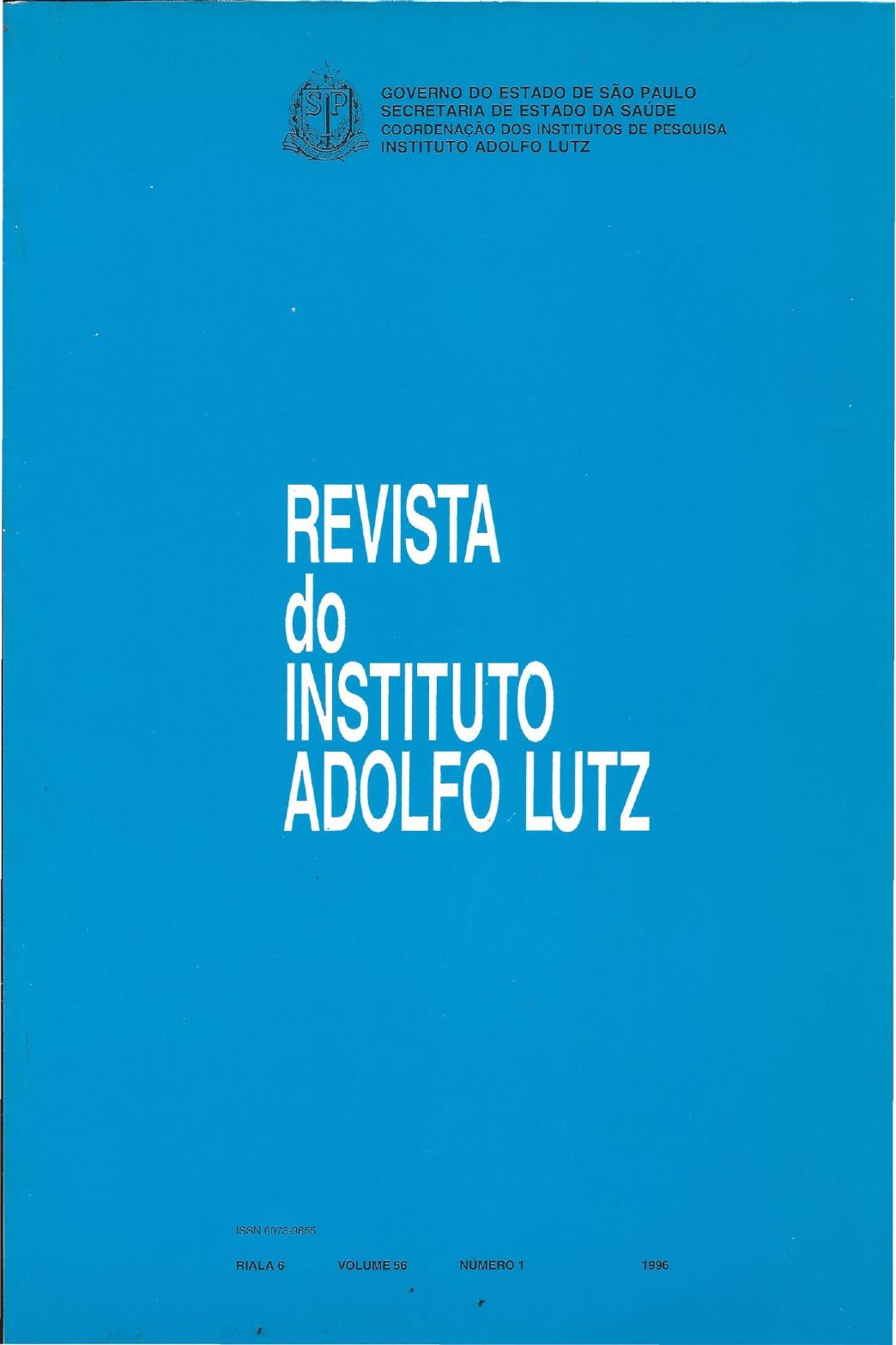Resumo
O interesse pelas doenças genéticas têm aumentado nos países de primeiro mundo à medida que o controle das doenças infecciosas e sociais torna-se cada vez mais efetivo. Dados recentes20 mostram que cerca de 50% das mortes perinatais ocorrem por causas genéticas. Além disso, 113 das internações de crianças em hospitais pediátricos e 10% das doenças crônicas de adnltos também são atribuídas a fatores genéticos. Estima-se que temos cerca de 50.000 a 100.000 genes, dispersos ao longo de 23 pares de cromossomos, responsáveis por nossas características hereditárias. Por outro lado, já são conhecidas cerca de 6000 doenças genéticas, a maioria ainda sem tratamento específico'!". O grande desafio dos geneticistas tem sido o de identificar os nossos genes, compreender qnais são os mecanismos que causam patologias genéticas, e enquanto não houver tratamentos eficazes, prevenir o nascimento de novos afetados. Aminoacidopatias e organopatias são os erros inatos do metabolismo, mais comuns, do período neonatal2. Na Alemanha, aproximadamente 1: 15000 dos récem-nascidos são diagnosticados como portadores de aminoacidopatias e aproximadamente 1:9000 são diagnosticados como portadores de organoacidopatias1. Especialmente no caso das organoacidopatias há evidências substanciais que este número deve estar subestimado.
Referências
organic inbom errors", Wien. Klin. Wochenschr. 104 (21) : 651-7,1992.
2. IRONS, M. - "Screening for metabolic disorders. How are you doing?" Pediatric Clin.
North Am. 40(5): 1073-85, 1993.
3. UDENFRIEND, S. & COOPER, J.R.: - "Assay ofLphenylalanine as phenylalanine after enzymatic decarboxylation: Apllication to isotopic studies". J. Biol. Chem. 203: 953-958, 1953.
4. ALBERT, A. - "The pteridines", Quarterly Revs. 6: 197-210, 1952.
5. BICKEL, H.; GERRARD, 1.& HICKMANS, E.M. - "The influence ofphenylalanine intake on the chemistry and behavior of a phenylketonuric child. Acta Paediatr. 43:64-69. 1954.
6. HEMMILÃ, 1.2 - "Europium as a label in time resolved immunofluorometric assay". Anal. Biochem. 137:335-43, 1984.
7. PETTERSON, K. - Time resolved fluoroimmunoassay of human choriogonadotrophin". Clin. Chem. 29:60-4, 1983.
8. SOINI, E. & KOGOLA, H.: "Time resolved tluorometer for lanthanide chelates a new
generation of non-isotopic imrnunoassays". Clin. Chem. 229:65-68, 1983.
9. KRISTIANSSON, B.; STIBLER, H. & WIDE, L."Gonadal function and glycoprotein hormones in the carbohydrate deficient glycoprotein (CDG) syndrome". Acta Paediat. 84(6): 655-60,1995.
10. COLLINS, F.S. - "Cystic fibrosis: molecular biology and therapeutic implications". Science. 256: 774-9,1992.
11. MCKUSICK, V& AMBERGER, J.S. - "The morbid anatomy of the human genome:
chromosomal location of mutations causing diseases", J. Med. Genet. 26:265-9, 1994.
12. CASHEY, C.T. - "Molecular medicine: a spin off from the helix". l.Am. Med. Ass. 269: 19861992,1993.
13. PONZONE,A.; GUARDAMAGNA,O. &COITON, R.GH. - "Screeníng for malignant phenylketonuria". Lancet I: 512-7, 1987.
14. ENDRES, w.; IBEL,H. & CURTIUS, H.- CH."Tetrahydrobiopterina and "non-responsive" dihydropterine redutase deficiency". Lancet 11: 223-5,1987.
15. AZIBI, K.;BACHNER, L. & CHAOUCH, A."Severe childhood autosomal recesive muscular dystrophy with the deficiency of 50 kDa dystrophin associated glycoprotein maps to chromoson 13q 12". Hum. MoI. Genet. 2: 1423-28,1993.
16. SCHMIDT, BJ.; MARTINS, A.M.M.; FISBERG, R.; ADELL, x.c.c & DIAMENT, A. J.-
"Phenylketonuria (PKU) - The Brasilian Experience". Anais of International Screening
Symposium of Inbom Errors of Metabolism. November: 6-9, 1988.
17. CARPENTER, o.c, AWERBACK, vn. & DIGEORGE, A.M. - "Phenylketonuria", Pedia-
trie Clin. North. Am. 15:313, 1968.
18. GUTHRIE, R. - "Blood screening for phenylketonuria", J.Am. Med. Assoe. 178:863-864, 1961.
19. MCCAMAN, M.W. & ROBlNS, E.- "Fluorimetric method for the determination of phenylalanine in serum". J. Lab. Clin. Med. 59:885,1962.
20. WONG, P.;O'FLYNN, M. & INOUYE, T. "Micromethods for measuring phenylalanine and tyrosine in serum", Clin. Chem. 10: 10981104,1964.
21. FELICE, K.J.; ALESSI, A.G. & GRUNNET, M.L."Clinical variabilíty in adult-onset acid maltas e deficience: Report of affected sils and review of literature", Medieine 74(3): 131-5,1995.
22. CHOPRA, I.J.; WU-SING-YUNG & SANTINI, F. - "A radioimmunoassay for measurement of 3,5,3'- trüodothyronine sulfate: Studies in thyroidal diseases, pregnancy and neonatal life". J.Clin. Endoerinol Metab. 75(1); 189194, 1992.

Este trabalho está licenciado sob uma licença Creative Commons Attribution 4.0 International License.
Copyright (c) 1996 Heidi Pinto Martins
